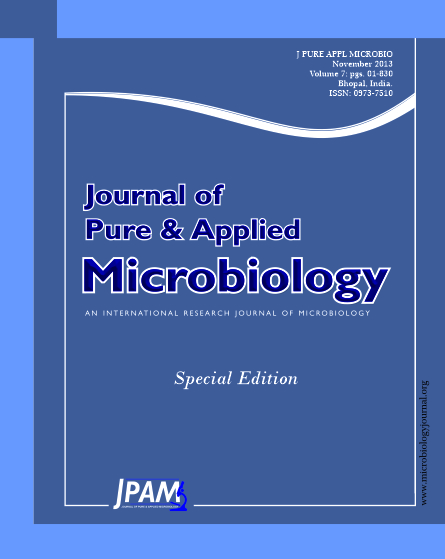The aim of the present work was to survey the myco-contaminants associated with pistachio nut consumed in Riyadh, Kingdom of Saudi Arabia. A total of forty commercially available samples, randomly collected from different locations were investigated and the isolation frequencies of myco-contaminants were statistically analyzed. Mycotoxins productivities of the isolated fungi were analyzed using HPLC. Nine fungal species belonging to five genera were found to be associated with pistachio nut samples. Distributions of isolated fungi indicated that Aspergillus niger, Rhizopus sp. and A. flavus were predominant with isolation frequencies of 67.7%, 57.5% and 32.5% respectively. Highly significant positive and negative correlations were observed among some fungal species when compared with the frequency of the others. The mycotoxins; Aflatrem, maltoryzine and sterigmatocystin were produced by 60%, 40% and 60% of the A. flavus isolates in this study. Meanwhile, 50% of the tested A. niger isolates were oxalic acids producers. Neither citrinin nor citreoviridin could be produced by any of the tested Penicillium spp. in this study.
Storage fungi, HPLC, Deterioration, Mycotoxins
© The Author(s) 2013. Open Access. This article is distributed under the terms of the Creative Commons Attribution 4.0 International License which permits unrestricted use, sharing, distribution, and reproduction in any medium, provided you give appropriate credit to the original author(s) and the source, provide a link to the Creative Commons license, and indicate if changes were made.


